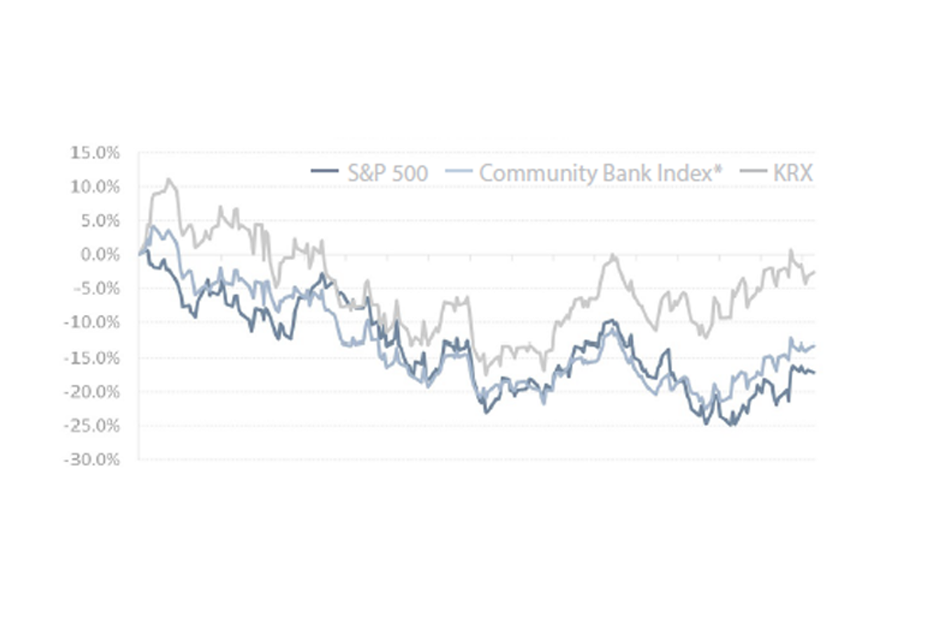
It’s now been more than two years since the first confirmed COVID-19 case. Since then, we have had 448 million confirmed cases, three vaccines and nearly five billion vaccinated individuals worldwide. Yet markets are still as perplexed now as they were then.
Breakthrough cases continue to occur as the virus mutates and creates new variants. And now another market disruption on a global scale takes center stage with Russia invading Ukraine. Stronger than expected sanctions have been implemented by major economic powers, but the likelihood of a quick resolution appears more and more bleak by the day.
Toss in a healthy dose of inflation and an already tightened labor market, and you have yourself a recipe for confusion as it relates to the Federal Open Market Committee (FOMC) and future monetary policy.
For much of 2021, the FOMC appeared on pace to raise rates once in 2022. Inflation was above target, but not alarmingly so. Labor markets had started to tighten, and economic growth had normalized. As the end of the year approached, the FOMC dropped their “transient” view of inflation and signaled an aggressive policy to reduce accommodations, including a swift reduction of the Federal Reserve’s (Fed) bloated balance sheet. Markets adjusted and began pricing in around three rate hikes by year-end 2022.
